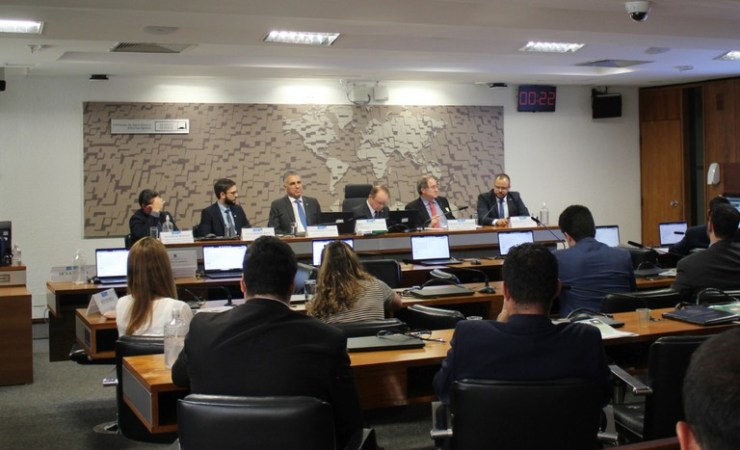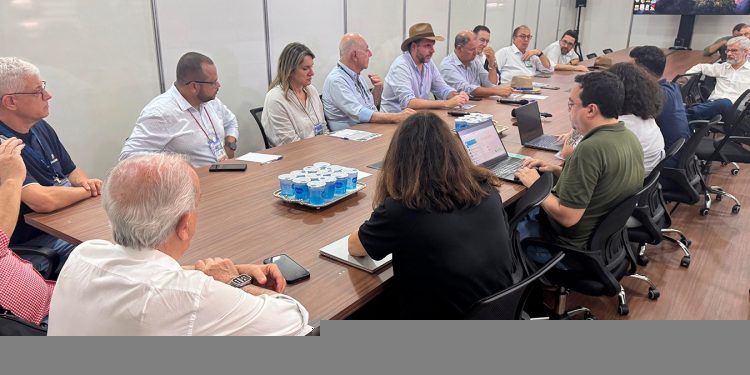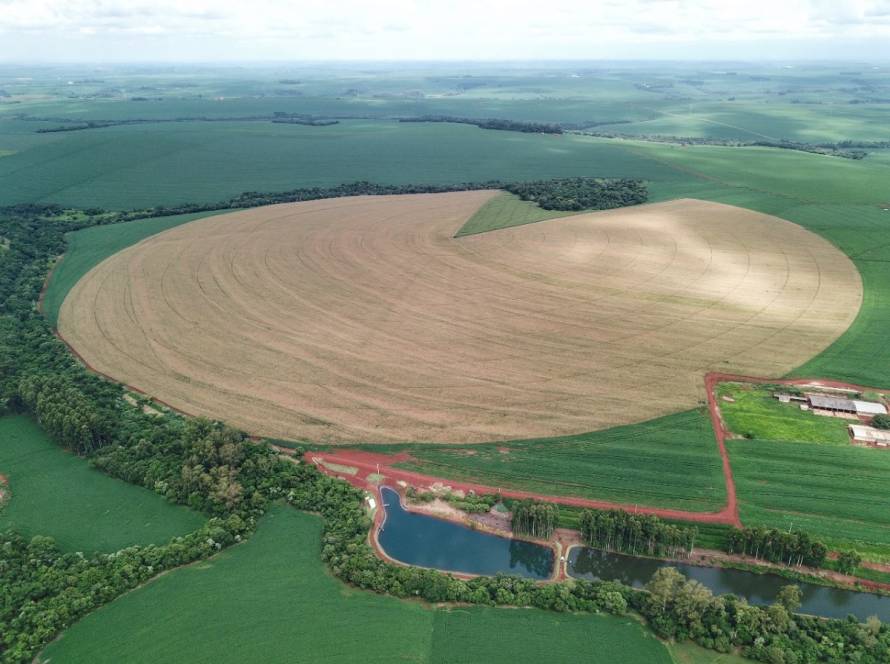The Department of Plant Protection of the Secretariat of Agriculture, Livestock, Sustainable Production and Irrigation (DDV/Seapi) and Emater/RS-Ascar are providing 20 new collectors for the detection and monitoring of Asian soybean rust in the 2025/2026 harvest. In addition to the 75 already used in the last harvest, Rio Grande do Sul now has 95 collectors in 95 municipalities.
The collectors and blades used to capture spores (infection structures) were purchased by DDV/Seapi. The blades are replaced weekly by Emater extension agents, who then send them for analysis. During this process, the number of spores present in the air is read and counted. The expansion of the monitoring network was officially announced during the Asian rust meeting held in Santa Cruz do Sul on September 30th and October 1st.
Comprehensive program

Photo: Disclosure/Ascom Seapi
According to DDV director Ricardo Felicetti, the increased number of equipment expands the program's spatial coverage and provides more data for analysis. "The program is an ally to producers. By comparing the number of spores detected with the weather conditions favorable to the fungus's development, it is possible to decide with greater precision whether fungicides should be applied. This means that spraying only occurs when the risk of infection is real," he stated.
Elder Dal Prá, agronomist and State Coordinator of Plant Health Protection at Emater, also emphasized the initiative's scope, which serves all soybean producers in the state, regardless of their farm size. "The information is useful for both family farmers and large producers. This universality is one of the program's main strengths," he said.
Dal Prá also highlighted that the program contributes to rationalizing fungicide use. "Applications are made at the appropriate time, taking pest pressure into account. This ensures greater product efficiency and better disease control," he explained.
To assist producers, the program makes available on official website weekly maps with monitoring results and updated information by region.
Presentation of results and prognosis
During the event, the results of the Technical Circular No. 29 – RS Rust Monitoring Program, related to the monitoring of the 2024/2025 harvest. The presentation was led by Andréia Mara Rotta de Oliveira, PhD in phytopathology from the Department of Agricultural Diagnosis and Research (DDPA/Seapi), who highlighted the importance of constantly updating data for preventive management of the disease.
"Research and provision of this information are services provided by the state government to the production sector, through our department at Seapi," he emphasized. The program also included a climate forecast for the 2025/2026 harvest, presented by Flávio Varone of Simagro/Seapi. DDV/Seapi was represented by Paulo Vitor and Danielle Oliveira da Rosa at the meeting in Santa Cruz do Sul.
The soybean health break ended on September 30. The measure is considered essential to reduce the survival of the Phakopsora pachyrhizi fungus between harvests. Soybean sowing begins this Wednesday (1st), and official monitoring of the 2025/2026 harvest will begin next Monday (6).
Rust Monitor
Rust Monitoring is a Rio Grande do Sul program developed by Seapi and Emater, in partnership with other institutions. Using spore collectors installed in different locations throughout the state, the program assesses the presence of spores associated with climatic conditions, providing a regionalized diagnosis of the risk of rust occurrence.





